 For patients with a terminal illness such as cancer, hospice is not the only answer — and certainly not the best one in many cases. That’s something Northeast Rehabilitation Center in San Antonio, TX, learned firsthand in working with Patient P., a woman who presented with stage III lung cancer and whose chemotherapy treatment had proved ineffective. When told by her doctors that she needed to consider hospice, P. refused — and those of us at Northeast Rehabilitation and Healthcare Center stepped in to provide rehabilitation services.
For patients with a terminal illness such as cancer, hospice is not the only answer — and certainly not the best one in many cases. That’s something Northeast Rehabilitation Center in San Antonio, TX, learned firsthand in working with Patient P., a woman who presented with stage III lung cancer and whose chemotherapy treatment had proved ineffective. When told by her doctors that she needed to consider hospice, P. refused — and those of us at Northeast Rehabilitation and Healthcare Center stepped in to provide rehabilitation services.
P. entered our facility with multiple confounding factors, including aspiration pneumonia, neuropathy, COPD, poor trunk control, Hx of hip fx with resultant leg discrepancy, a peg tube and oxygen dependency. Moreover, she weighed just 80 pounds and was both emotionally and financially devastated by her diagnosis. To make matters worse, her husband needed to work and was therefore unavailable to assist her during the day. P. simply was overwhelmed and wanted to be at home.
Doing our best to create a home away from home for P., the team at Northeast Rehab took an interdisciplinary approach that included occupational, physical and speech therapy. For occupational therapy, we emphasized BUE strengthening exercises, sitting balance, progression from Hoyer to sliding board transfers, wheelchair mobility, coordination and feeding. Physical therapy focused on bed mobility, BLE strengthening, balance, trunk control, transfer training, sitting and standing tolerance, and wheelchair mobility. Lastly, speech therapy included laryngeal elevation exercises to increase airway protection, positioning during and after PO intake, nutrition, and swallow strategies and training. Needless to say, we all had a busy schedule, especially P.!
The three teams collaborated frequently to continue encouraging P. along her journey, reinforcing a positive approach and reminding her daily of her progress in each discipline. Although P. would become discouraged at times, we would invite her to reframe her thinking and notice how far she had come since admission. Gradually, P. began to realize that each incremental gain was another step toward reaching her larger goal of going home.
Indeed, it truly was a team effort that enabled P.’s positive outcome and ability to return home after being in our facility for 55 days. At the time of discharge, she required Min A for standing pivot transfers, SBA for bed mobility, and SBA/CGA for dressing and toileting. She was (I) with self-feeding and grooming/hygiene, her endurance had increased from less than one minute to greater than 30, and she was able to propel her own wheelchair. With her family trained on transfers and a home exercise program, P. went home on a regular diet and thin liquids with no further need for a peg tube.
P.’s success in the cancer rehabilitation program not only improved her quality of life and allowed her to go home with her family, but also allowed for greater visibility and credibility of the program with insurance companies and with the medical community. We negotiated with P.’s insurance provider for maximum visits and also received more patient referrals to our facility as a result of working with P.
In addition, our own rehab team increased their understanding of rehab for terminally ill clients. As evidenced with Patient P., working with these residents is often one of the most rewarding and inspirational experiences we could ever have.
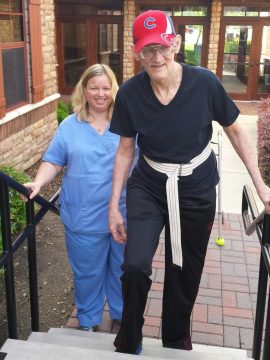 work diligently to evaluate patients for fall risks as well as implement preventative measures. With Therapy working closely with our Activities Department, we have helped many patients to avoid falls as well as gain greater independence.
work diligently to evaluate patients for fall risks as well as implement preventative measures. With Therapy working closely with our Activities Department, we have helped many patients to avoid falls as well as gain greater independence.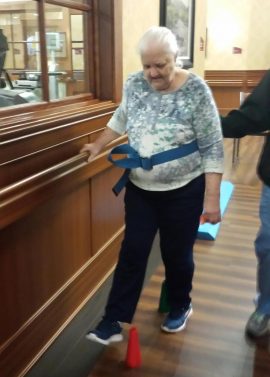 In our program, we had a patient move from a Berg score of 27 and a medium fall risk at evaluation to a score of 47 and a low fall risk at discharge. The patient was able to return to assisted living at PLOF and continue being independent with all basic ADLs, simple meal prep, light housekeeping, leisure activities, walking to the dining room and community outings.
In our program, we had a patient move from a Berg score of 27 and a medium fall risk at evaluation to a score of 47 and a low fall risk at discharge. The patient was able to return to assisted living at PLOF and continue being independent with all basic ADLs, simple meal prep, light housekeeping, leisure activities, walking to the dining room and community outings.
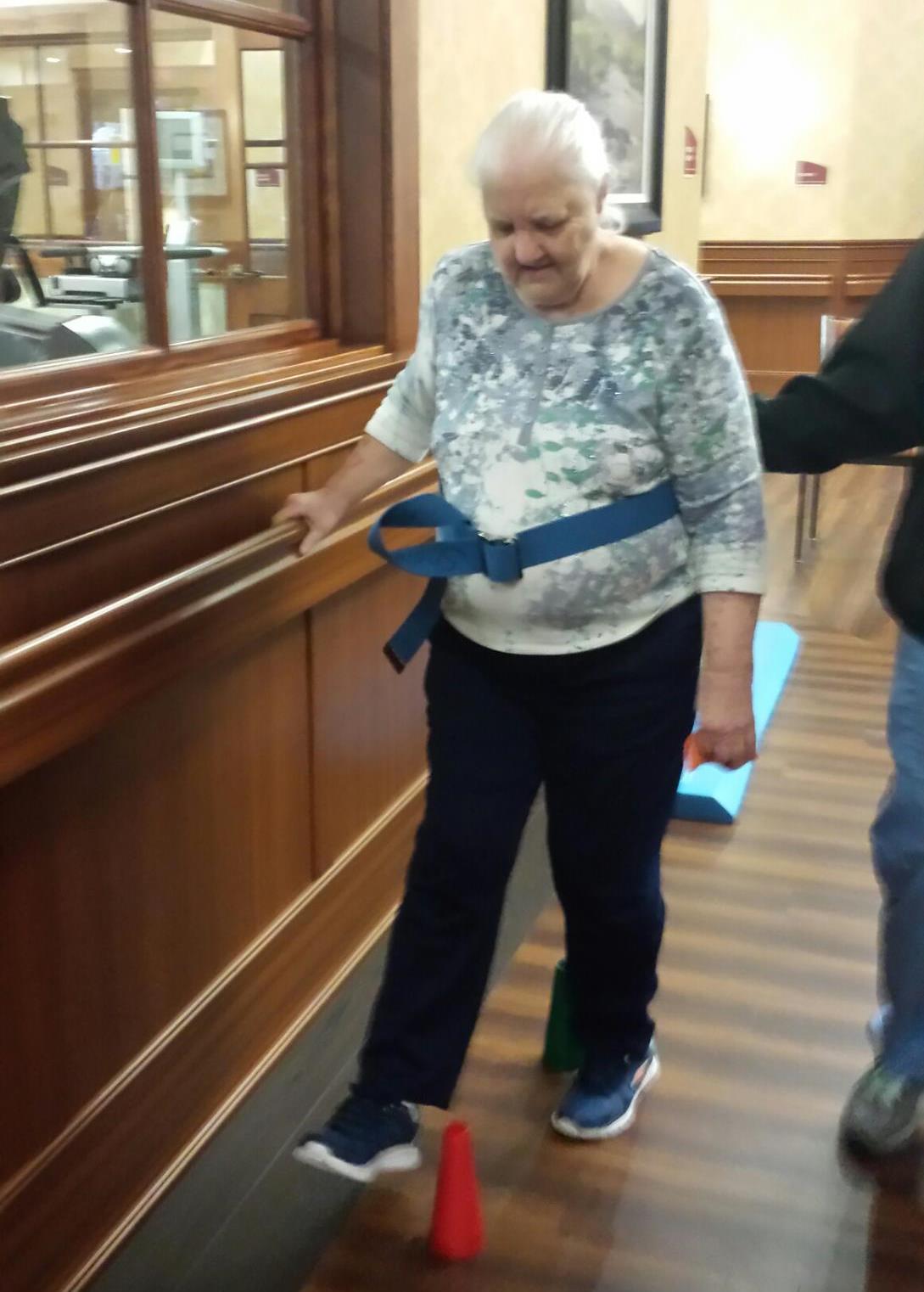




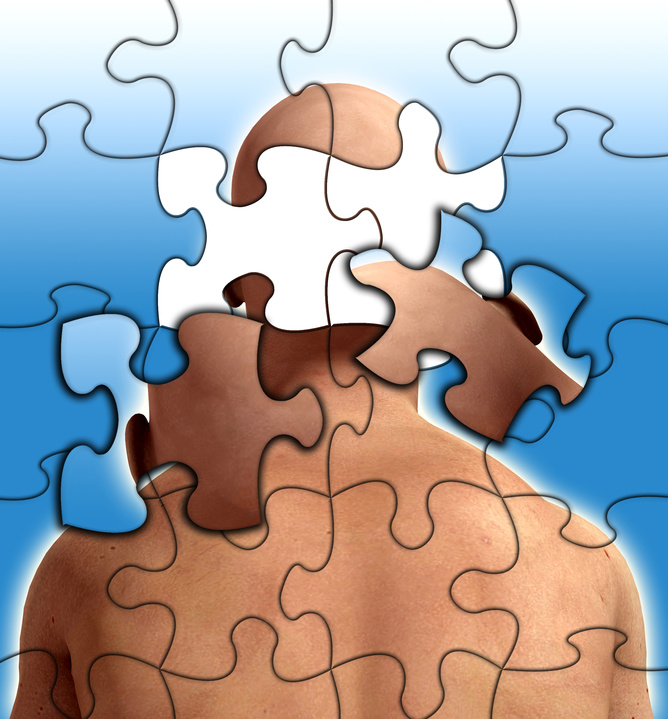
 ingful activities to engage the resident and redirect their behaviors?
ingful activities to engage the resident and redirect their behaviors?




 At Veranda Rehabilitation and Healthcare in Harlingen, Texas, there is no greater incentive for our therapists to persevere through difficult cases than to see patients returning home to carry on with their lives. In the example of one client, admitted to Veranda with a gunshot wound to the mouth and presenting with ETOH abuse, B nephrolithiasis, malnutrition, liver cirrhosis and other symptoms, it was clear from the start that this patient would require extensive therapy. However, our therapists were up for the task, and his story is just one of many that demonstrates how our commitment to a positive outcome allows us to create a partnership for healing with even the most challenging patients.
At Veranda Rehabilitation and Healthcare in Harlingen, Texas, there is no greater incentive for our therapists to persevere through difficult cases than to see patients returning home to carry on with their lives. In the example of one client, admitted to Veranda with a gunshot wound to the mouth and presenting with ETOH abuse, B nephrolithiasis, malnutrition, liver cirrhosis and other symptoms, it was clear from the start that this patient would require extensive therapy. However, our therapists were up for the task, and his story is just one of many that demonstrates how our commitment to a positive outcome allows us to create a partnership for healing with even the most challenging patients.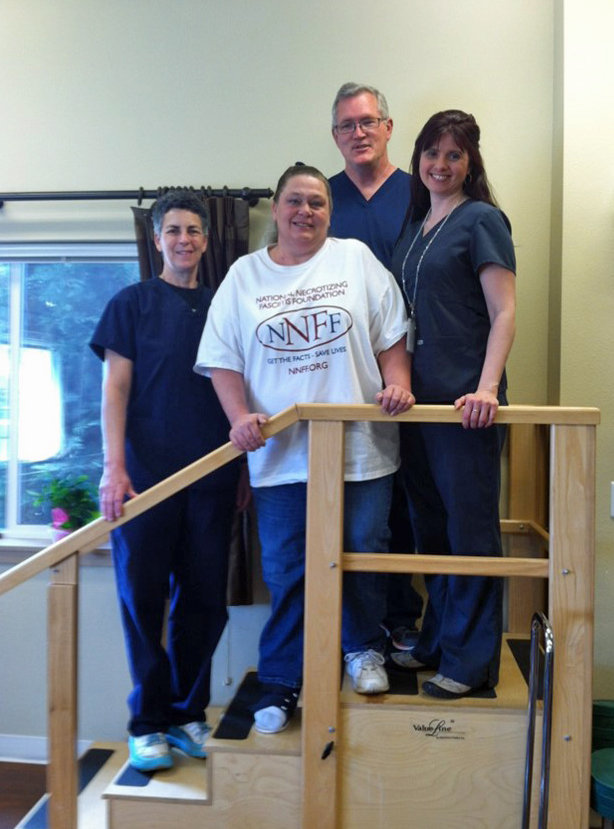


 For patients with a terminal illness such as cancer, hospice is not the only answer — and certainly not the best one in many cases. That’s something Northeast Rehabilitation Center in San Antonio, TX, learned firsthand in working with Patient P., a woman who presented with stage III lung cancer and whose chemotherapy treatment had proved ineffective. When told by her doctors that she needed to consider hospice, P. refused — and those of us at Northeast Rehabilitation and Healthcare Center stepped in to provide rehabilitation services.
For patients with a terminal illness such as cancer, hospice is not the only answer — and certainly not the best one in many cases. That’s something Northeast Rehabilitation Center in San Antonio, TX, learned firsthand in working with Patient P., a woman who presented with stage III lung cancer and whose chemotherapy treatment had proved ineffective. When told by her doctors that she needed to consider hospice, P. refused — and those of us at Northeast Rehabilitation and Healthcare Center stepped in to provide rehabilitation services.
